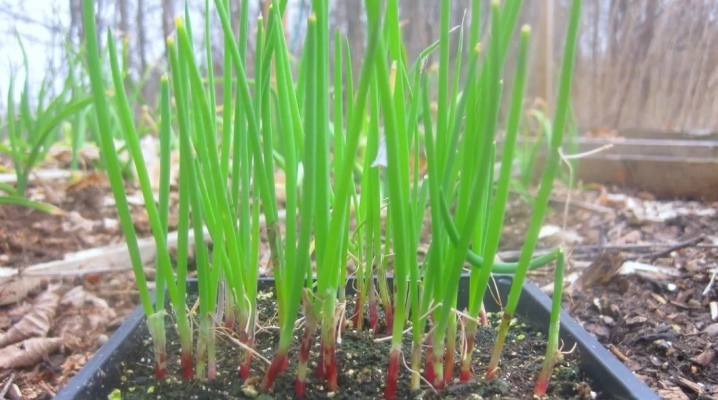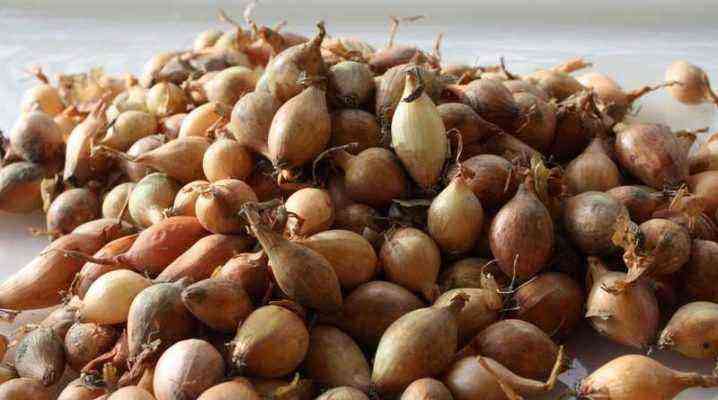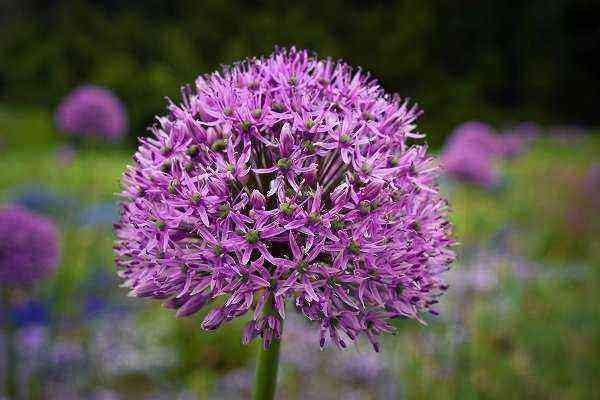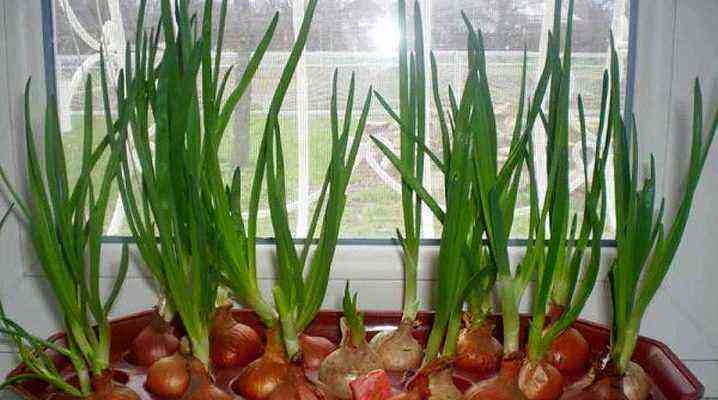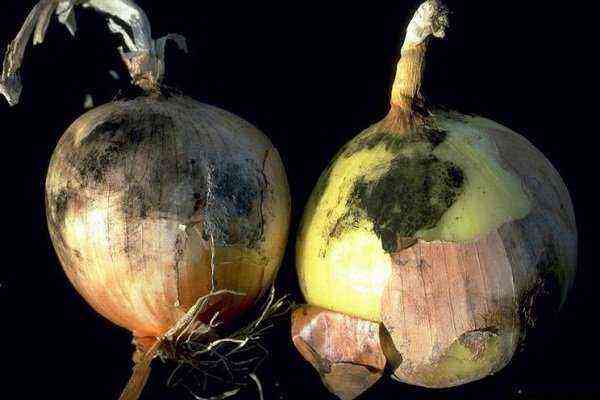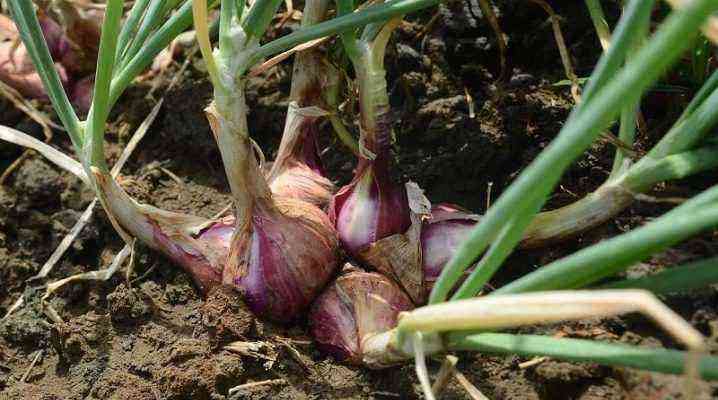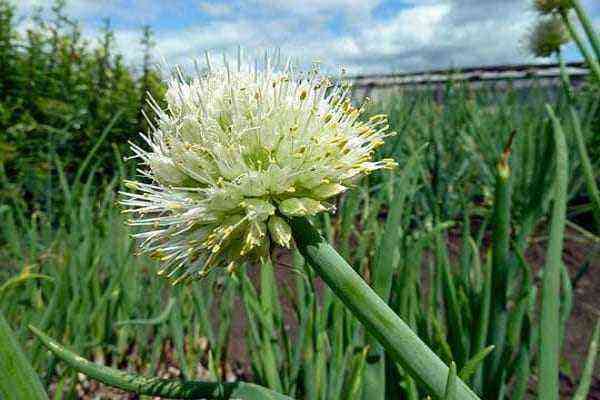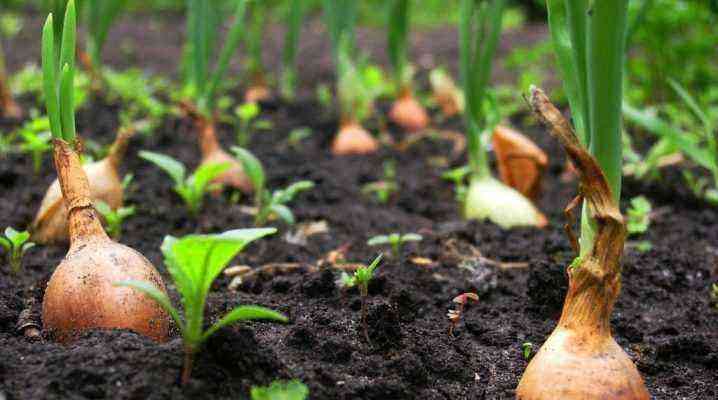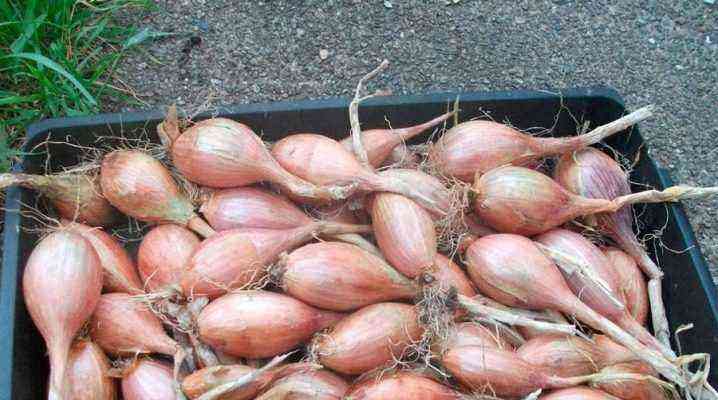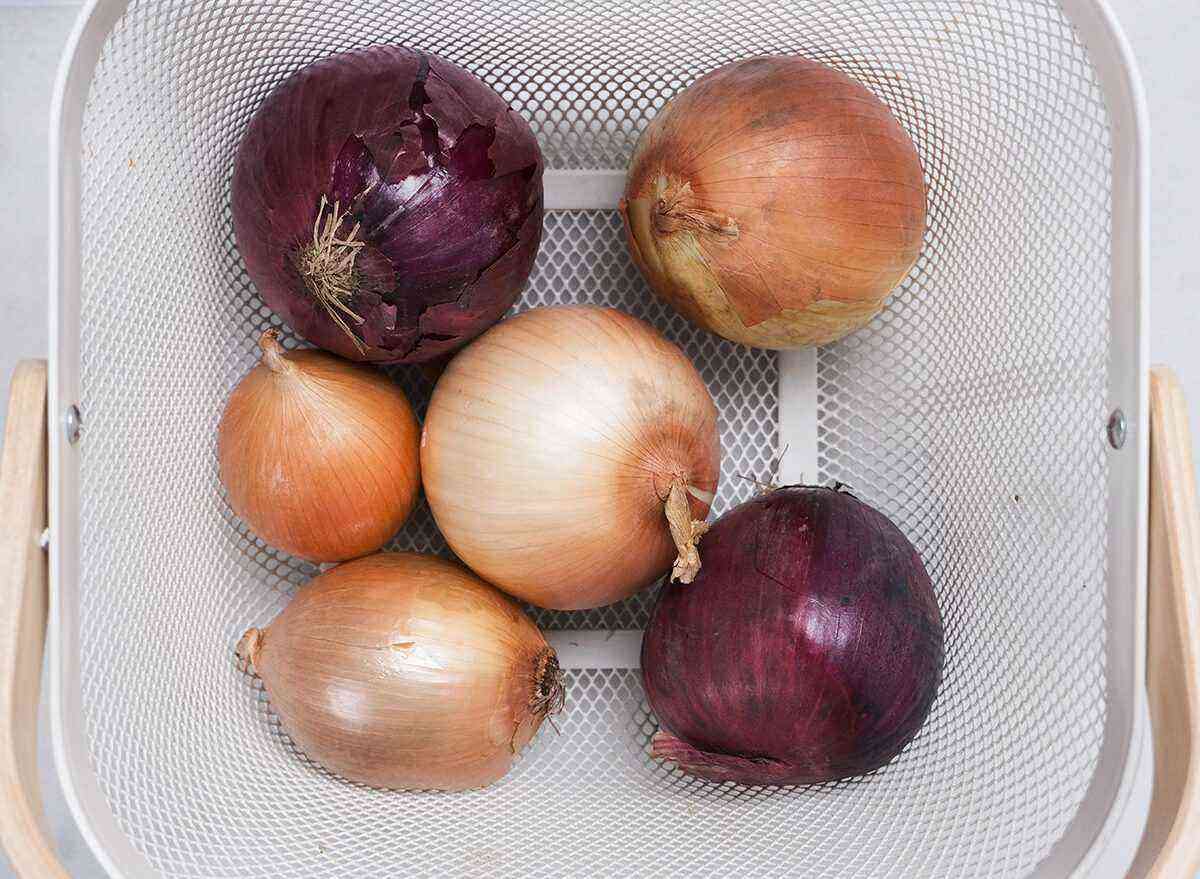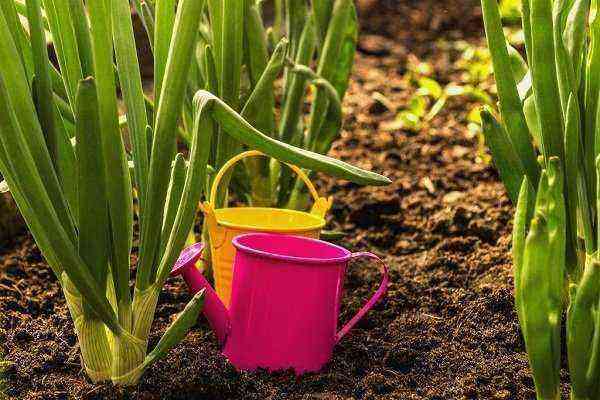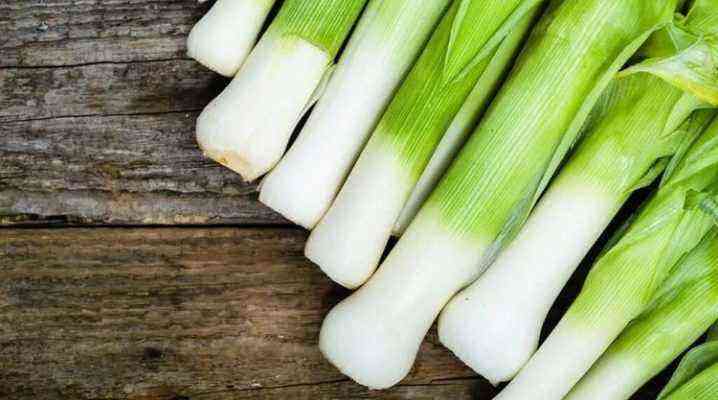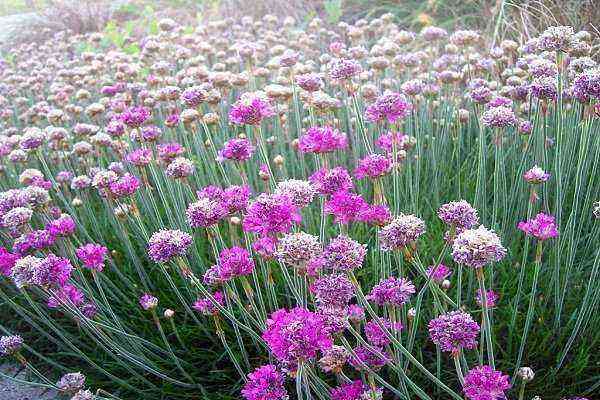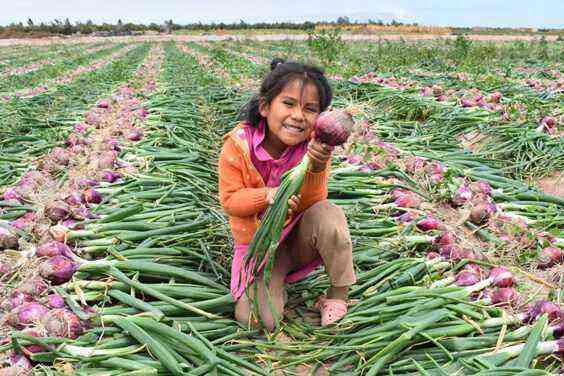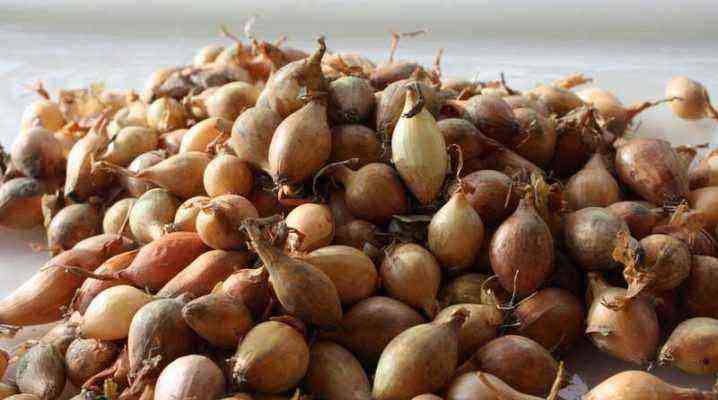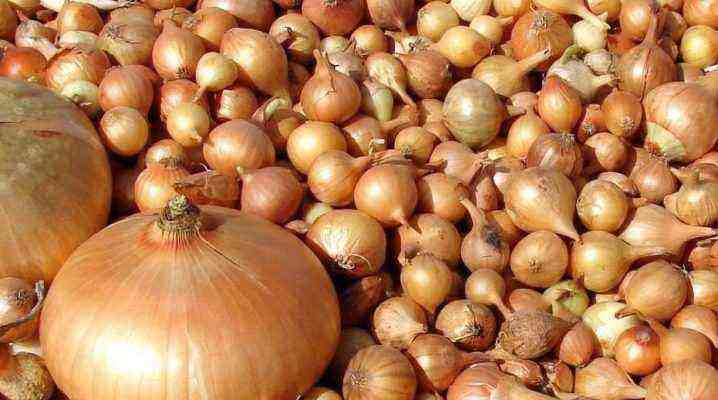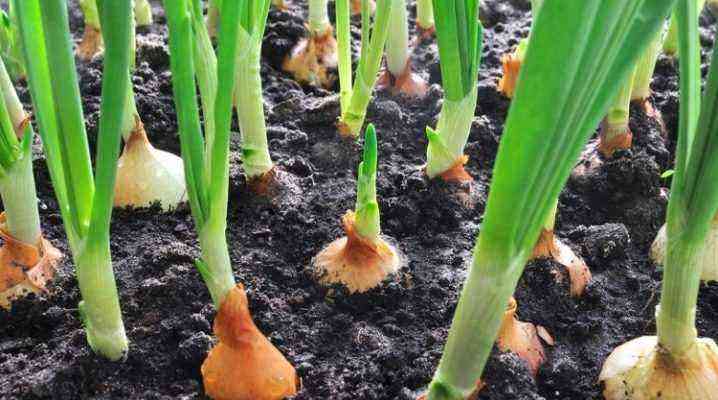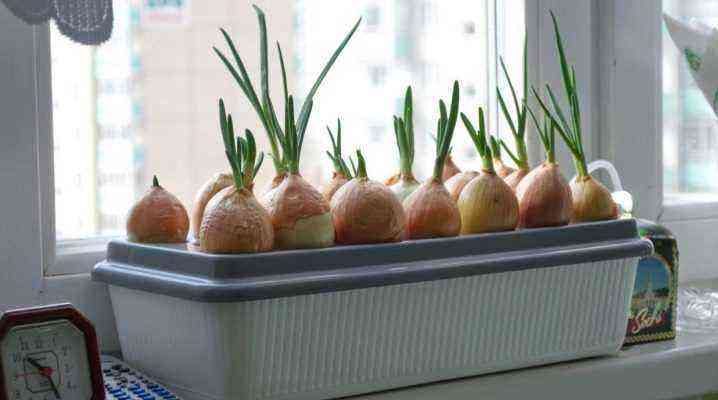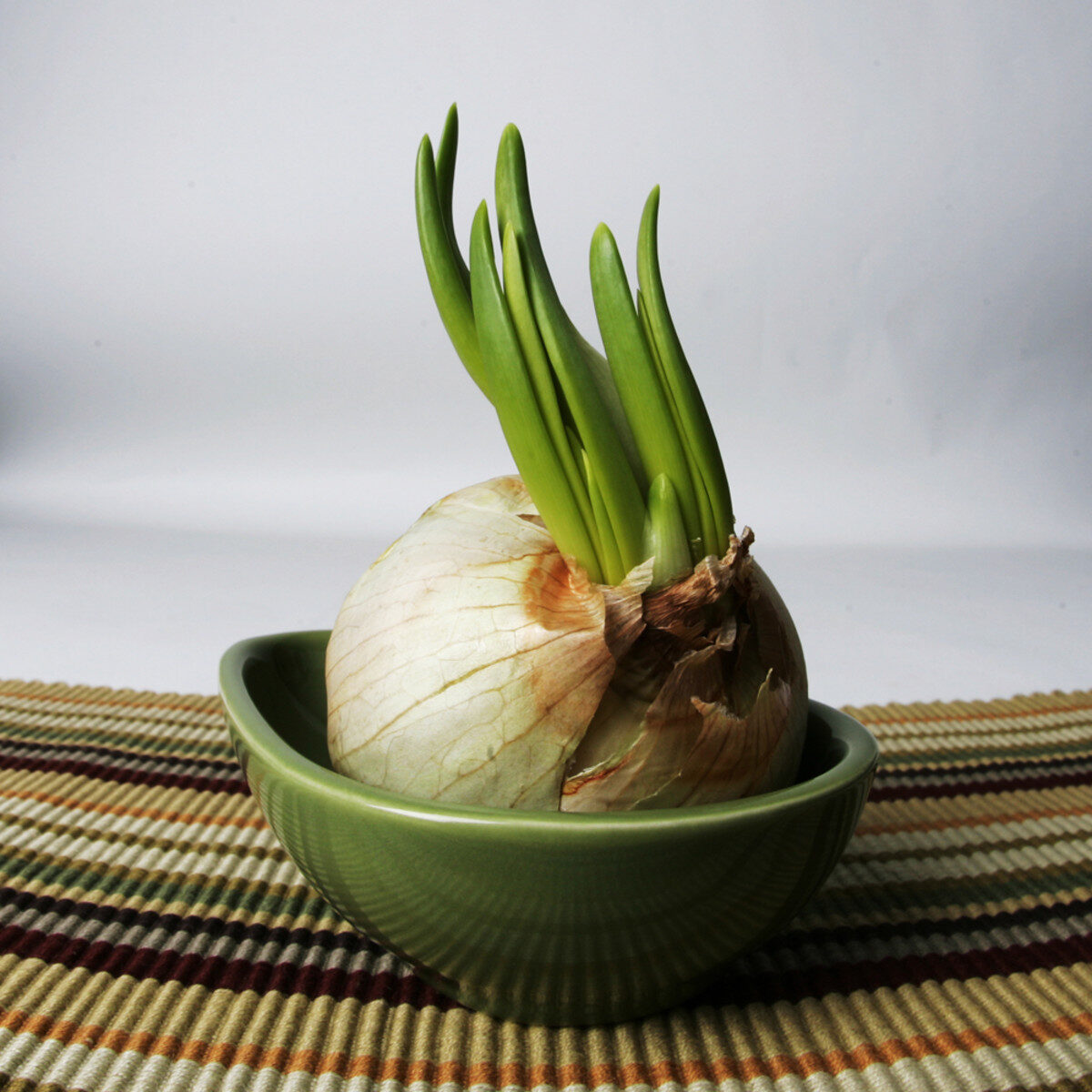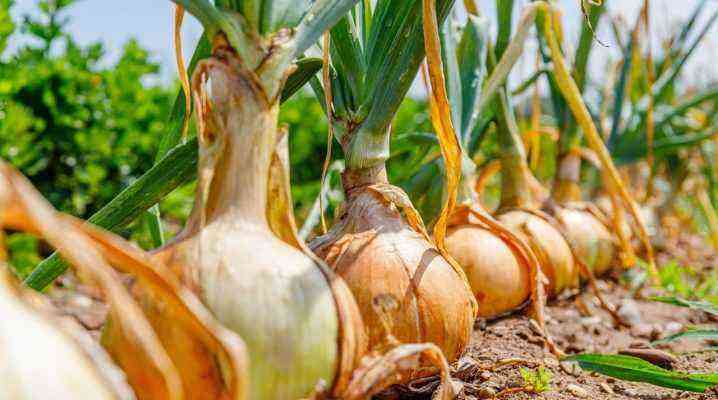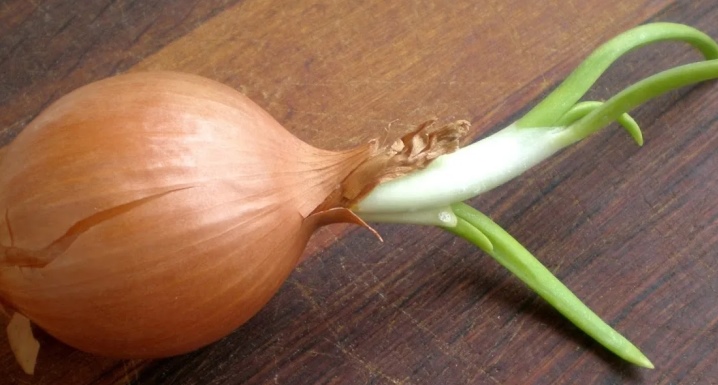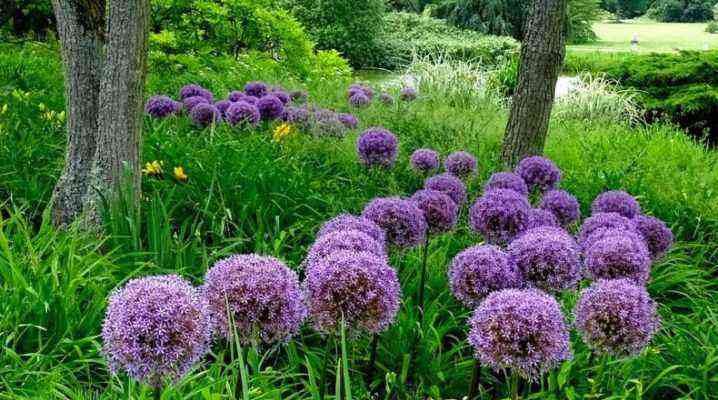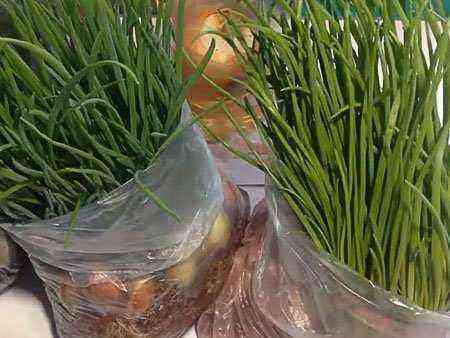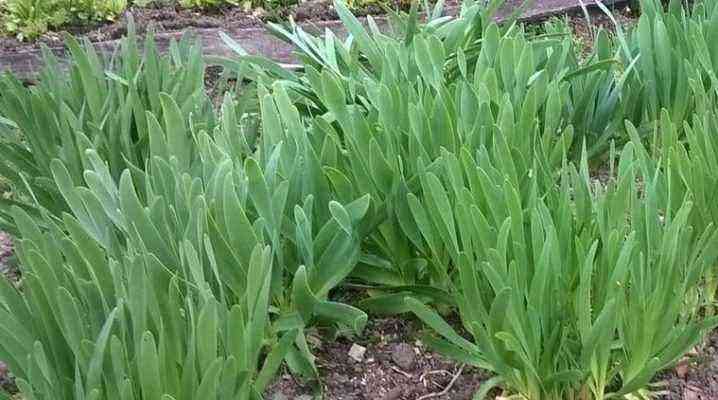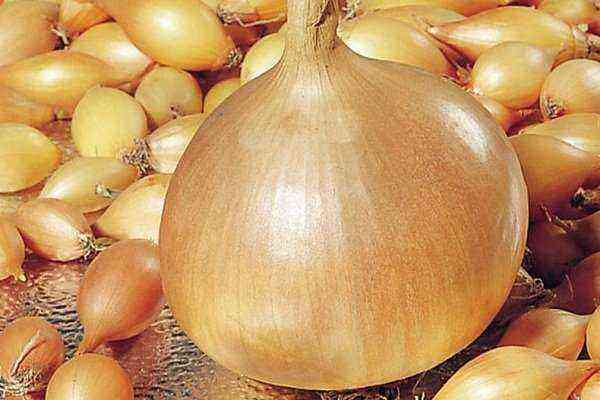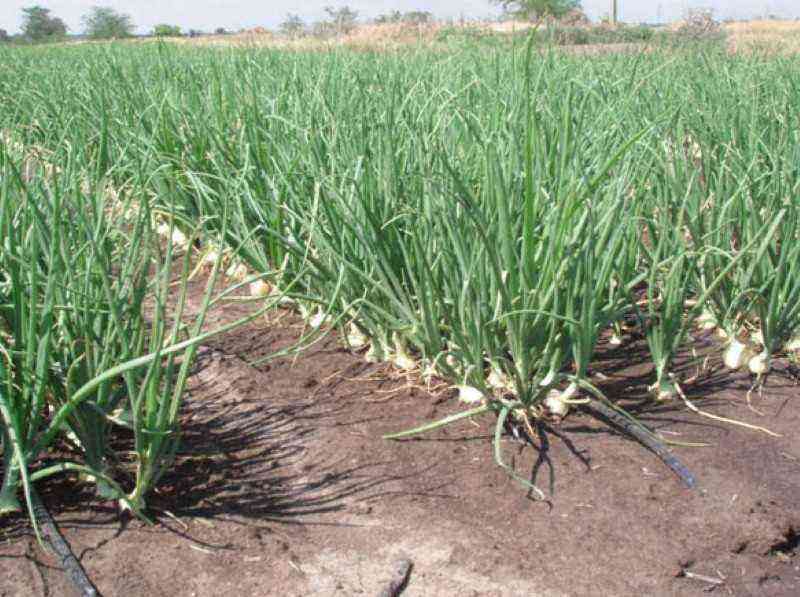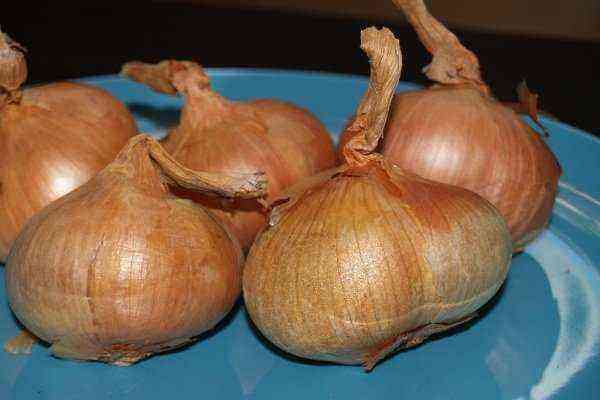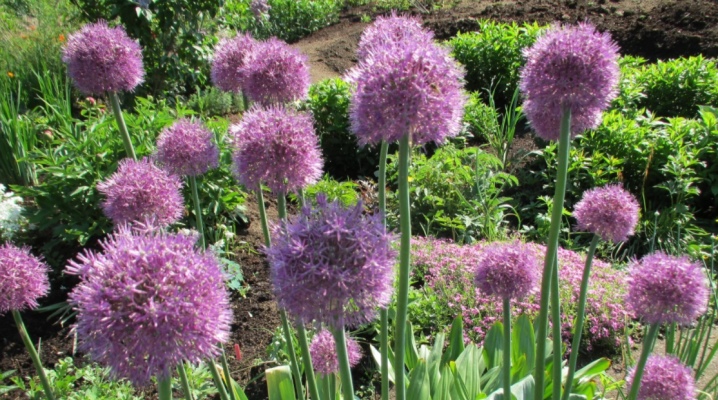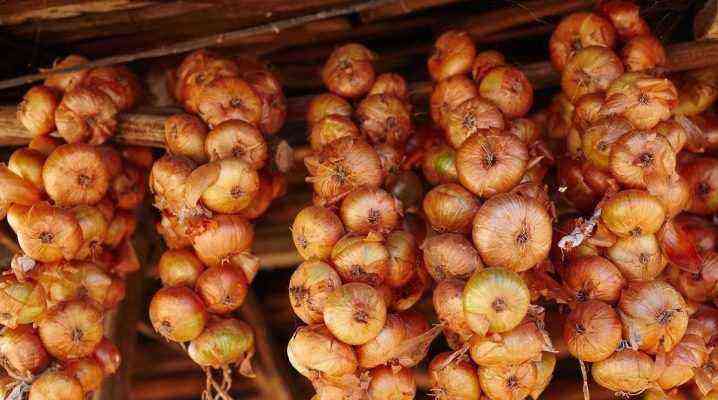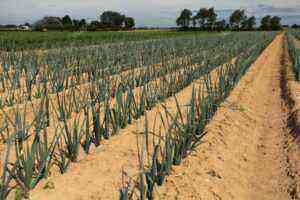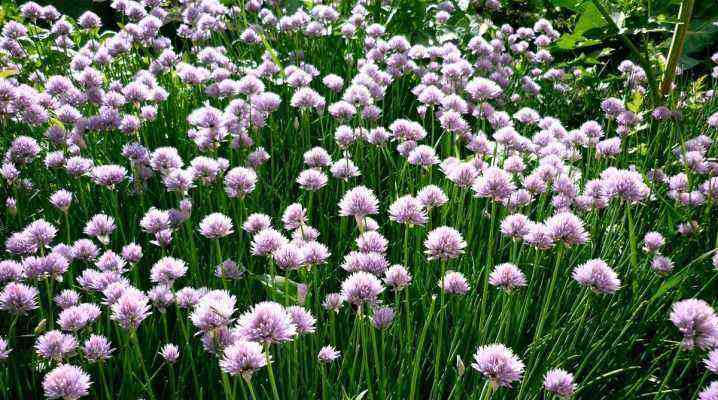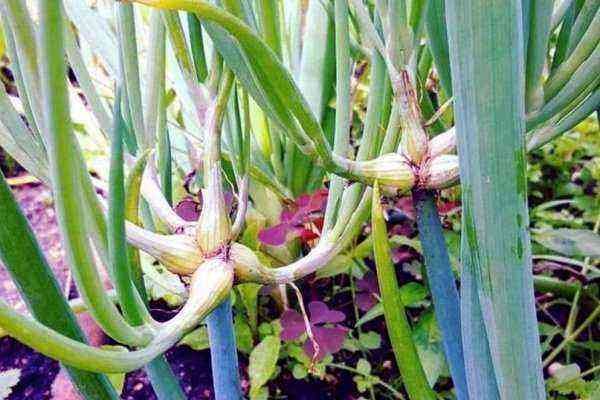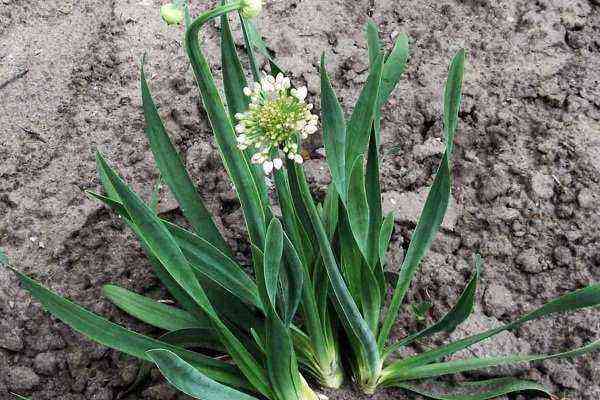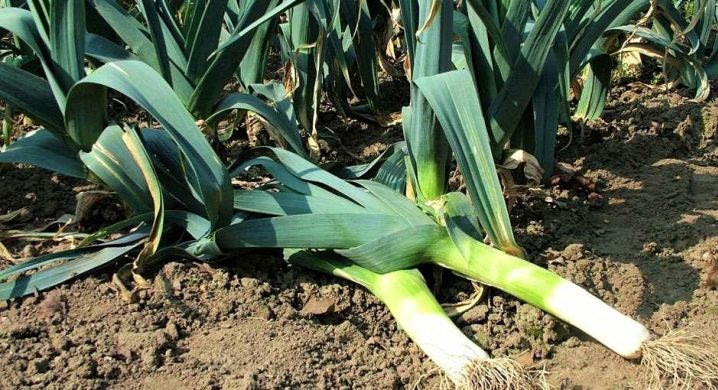
Leek is distinguished by its unpretentious care and pleasant taste. Therefore, it is very profitable to grow it on your site. Knowing certain features of this crop, any gardener can get a good onion crop.

Terms of planting
First of all, you need to decide on the ideal time for planting leeks. Since this plant is thermophilic, it is recommended to plant it in the soil only after the earth warms up well. The landing time depends on the local climate. So, in the Moscow region and in the Leningrad region, leeks are planted in April. In Siberia and other cold regions, this is done later.
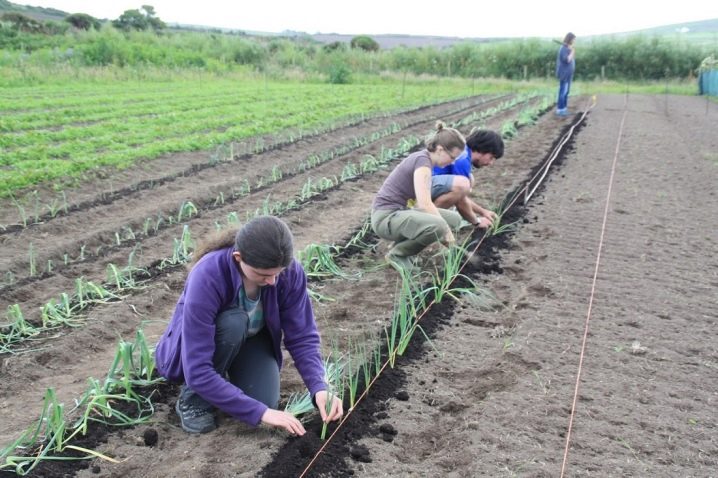
When planting leeks, it is also worth considering the features of the selected variety of onions.
- The early ones. These plants are characterized by low frost resistance. Therefore, they are planted only after the establishment of warm weather. Early leeks are low. Its foliage is light. It must be consumed immediately. For long-term storage, such an onion is not suitable.
- Average. Such an onion is planted a little later. His bushes are not so tall. The foliage of the plants is tender and pleasant to the taste.
- Late. These varieties grow the slowest. They have short stems and dark green foliage. Such plants can be stored for a very long time. Therefore, they are most often harvested for the winter.

Before sowing onions in the soil, it is important to know the weather forecast. Do not plant leek outdoors if frosts are planned in the near future.
The necessary conditions
The choice of a site for growing leeks must be taken responsibly. Attention should be paid to the following points.
- Soil quality. Sow onions in fertile and loose soil. On sandy soils, plants develop much worse. The acidity of the soil also plays an important role. It shouldn’t be too high. If necessary, the soil should be deoxidized using lime or ash.
- Illumination of the site. Leek is a photophilous plant. Therefore, it is recommended to plant it in well-lit areas. In the shade, the onion will develop very slowly. For this reason, leek beds are always located away from tall trees and shrubs.
- Temperature. It is recommended to plant plants only after the temperature rises to 4-6 degrees Celsius. In order for the onion to grow more actively, the temperature should be within 20 degrees.
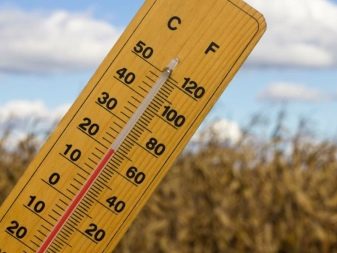
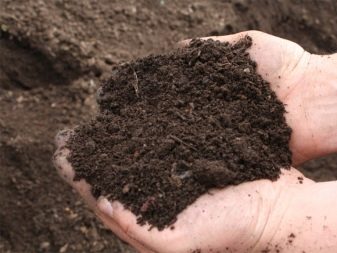
When choosing a suitable place in the garden, it is worth considering which plants were grown there before the leek. The best predecessors for it are tomatoes, cucumbers, cabbage and carrots. It is not recommended to plant leeks where other varieties of onions have previously grown. It is also important to consider which neighbors are next to the bow. Leek can be planted next to tomatoes, celery or onions. These plants do not interfere with each other. Therefore, they can be safely planted in one area.
Growing seedlings
You can speed up the process of onion ripening by growing it with a seedling method. Most often this method is used in those regions where the summer is very short. Sowing onions is recommended at the end of winter. Before planting seeds, they must be pre-treated. This process consists of several steps.
- Calibration The seed selection scheme looks very simple. Planting material should be poured onto a white sheet. Next, you need to manually select suitable seeds. It is desirable that they have the same size. In this case, the onion will sprout at the same time. After that, the seeds should be placed in a container with saline. All damaged grains will float in 30-50 minutes. Next, the seeds must be removed from the container, rinsed under running water and dried.
- Hardening. Before planting seeds in the soil, they can be pre-hardened. This procedure will make them resistant to cold and fungal diseases. Planting material should be wrapped in gauze or a thin cloth, and then placed in hot water for a couple of minutes. After that, it should be transferred to a container with cold water. The seeds treated in this way must be dried.
- Germination. To germinate the purchased seeds, they must be spread out on a piece of cloth or gauze soaked in water. Next, you need to pour planting material on it. Seeds are covered from above with another piece of cloth. After that, the planting material is placed in a warm place for several days. During this time, the seeds have time to germinate. Then they must be dried during the day.
Before sowing seeds, it is important to choose the dishes in which the seedlings will grow. It is recommended to plant seeds in small containers with drainage holes. These can be containers or individual cups. Each such container is preliminarily disinfected with a solution of potassium permanganate, and then filled with a mixture of fertile soil, peat and humus.
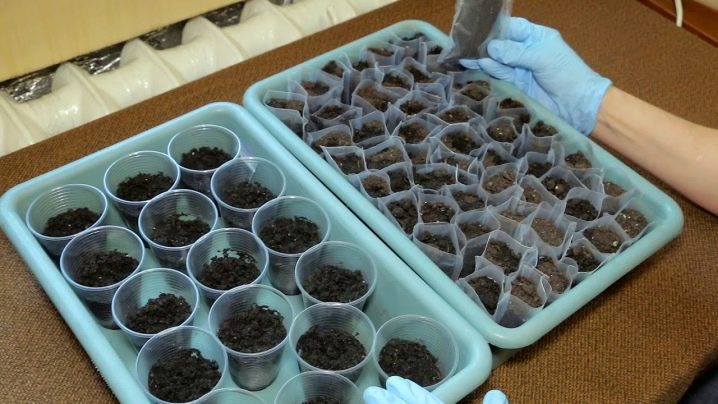
All these components must be mixed in equal proportions.
Having filled the selected containers with soil mixture, the soil must be watered abundantly. After that, seeds can be planted in the soil. They need to be sealed to a depth of 0,5-1 cm. Next, each container with seeds should be covered with a transparent film and left in a warm place. Usually they are placed on the windowsill or in the greenhouse.
After the appearance of the first shoots, the film can be removed. This usually happens 12-20 days after planting the seeds. In the future, seedlings need to be properly looked after. It is regularly watered with settled warm water. This should be done as the soil dries out. If weeds appear near the seedlings, they must be disposed of. You can store containers with greenery on the balcony or in the greenhouse.
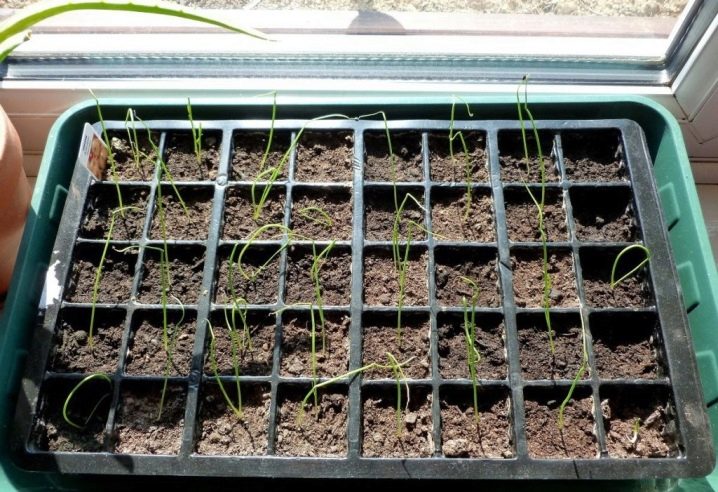
Experienced gardeners recommend cutting seedlings every 15-20 days. They should be no higher than 10 centimeters. This procedure will make the plants stronger, and the stems more juicy. Feeding seedlings grown at home is usually not necessary. They do this only when there is a lack of nutrition. In this case, mineral complexes or organic fertilizers are applied to the soil.
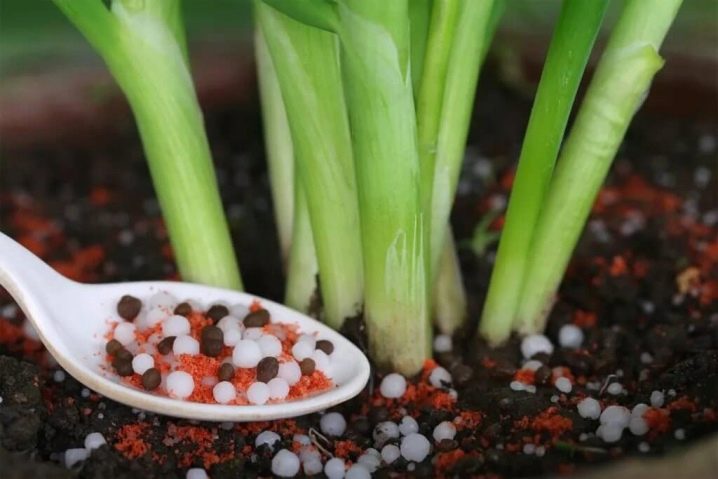
Transplantation in open ground
Planting young seedlings in open ground usually occurs 40-60 days after sowing the seeds. More exact time depends on the characteristics of the variety. You can determine that seedlings need to be transplanted by the appearance of the plants. Each of the seedlings should have 3-4 full leaves.
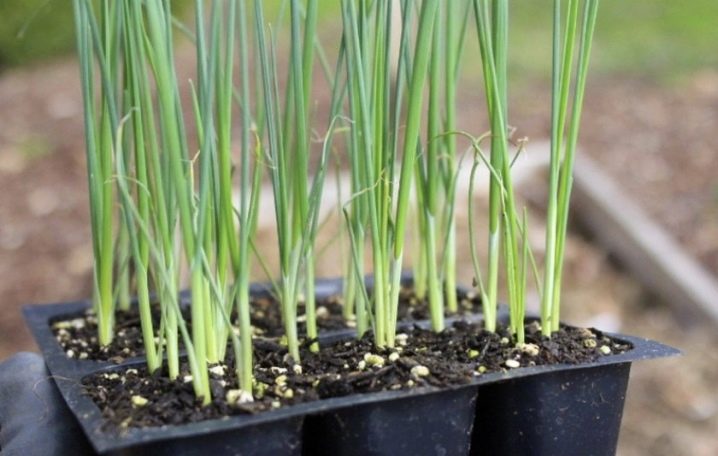
The soil before planting seedlings must be dug up. It is desirable to apply organic fertilizers to the soil. Green seedlings can be planted both in long grooves and in individual holes. The depth of each of them should be within 10 centimeters. The average distance between rows is 30-50 centimeters. After planting the seedlings in the soil, the foliage can not be cut off.


Before planting, it is recommended to coat the onion roots with a mash made from clay and rotted manure. Products are mixed in a container in equal proportions. It is very important to water the bed abundantly. For irrigation, use warm and well-settled water.
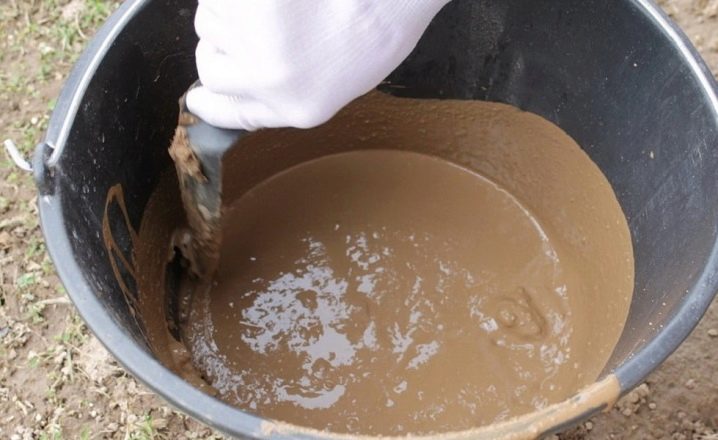
Care
To grow healthy and strong plants on your site, the gardener needs to remember the rules of agricultural technology.
Feeding
First of all, it is worth remembering that plants need regular feeding. If the soil has been well prepared since autumn, the minimum amount of fertilizer can be used in spring. In the second half of summer, plants are fed with products with a high nitrogen content. For this purpose, urea is best suited.
But mineral fertilizers can be completely replaced with organic ones.
The most popular are infusions prepared on the basis of manure or chicken manure. For their preparation, you need to use rotted products. They must be diluted in warm water. Such top dressing fills the soil with nitrogen. Therefore, leeks grow very well after fertilization.
Instead of these products, you can also use nettle infusion. The grass is placed in a large barrel. Warm water is poured in there. Within a few weeks, the contents of the barrel should ferment. After that, the product is filtered and used for plant nutrition. After applying any of these fertilizers, the beds should be well watered.
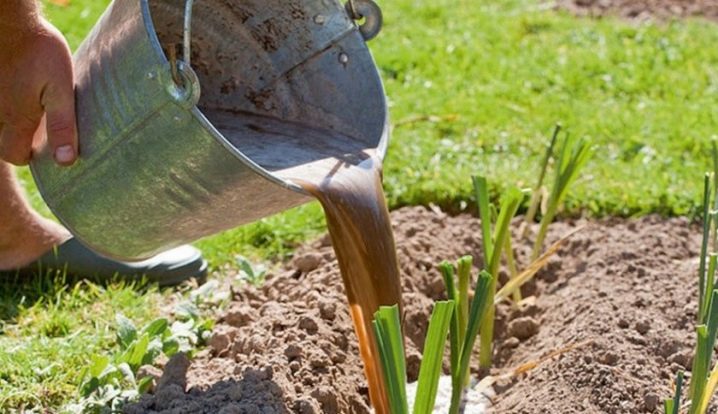
Watering
Leek is a moisture-loving plant. Therefore, beds with green plants need regular watering. It is especially important to pay attention to soil moisture during periods of drought. If plants lack moisture, their development slows down. In addition, the taste of greens is also deteriorating.

Mulching
To spend less time watering and killing weeds, the gardener should take the time to mulch the beds. This is especially important for people who grow leeks in the country and cannot spend too much time caring for plants. The technology of mulching beds is very simple. Organic mulch is laid in a not too dense layer. It is important that it does not come into contact with the stems of plants.
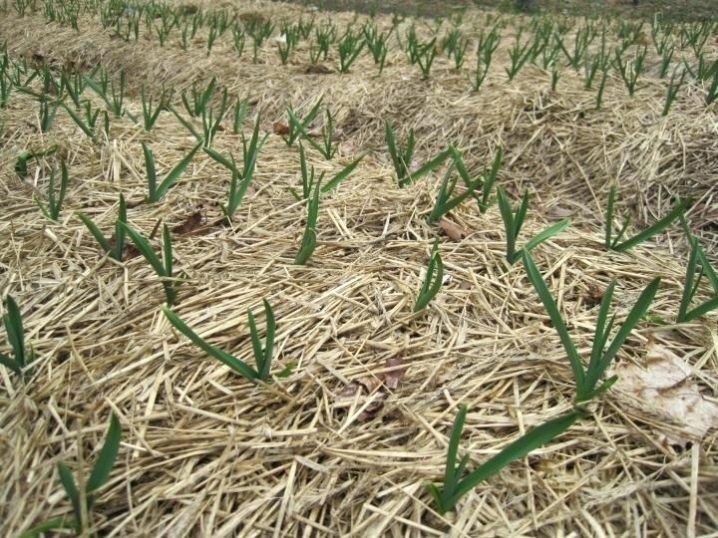
Weeding and loosening
Since leeks love light and loose soil, the beds need to be loosened regularly. This should be done carefully, trying not to affect the root system of young plants. In the process, it is important to remove all weeds. They can be embedded in the soil right after weeding. Some gardeners also use them to make green manure. Usually weeds are added to the compost pit.
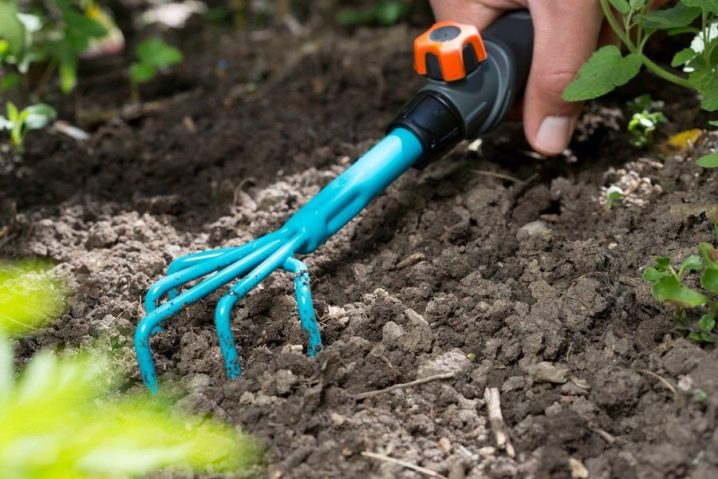
Chemical weed removers are not recommended. This can harm plants.
Hilling
In order for plants to develop normally, it is important to regularly hill them. Do this 2-4 times per season. Any tool can be used for the job. Spud plants need to be careful. The soil should be poured to the base of the plants. At the same time, soil should not be allowed to enter the internal sinuses of the leek. To avoid this, the stems can be wrapped in paper and carefully tied with twine.
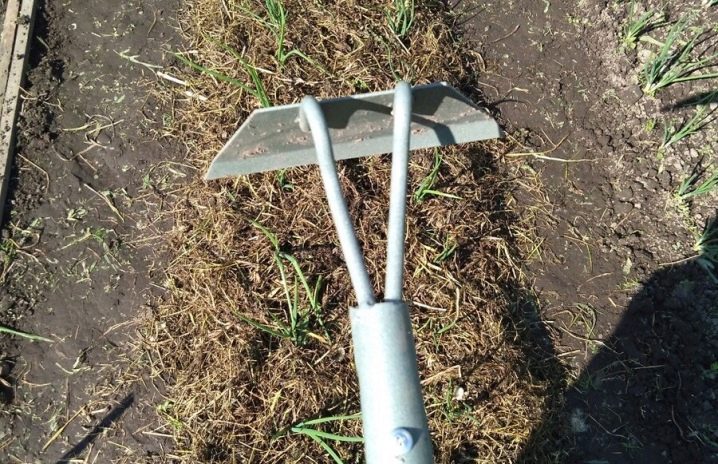
If plants develop slowly, it is recommended to cut them further after hilling. Usually the foliage is shortened by a third. After that, even weakened plants develop much faster.

Protection against diseases and pests
Like any other plant on the site, leeks can be subject to various diseases. The most dangerous disease that can destroy this plant is a viral mosaic. Its carrier is aphids. Yellow spots appear on the foliage of diseased plants. You can save plants by treating them with Fitosporin.
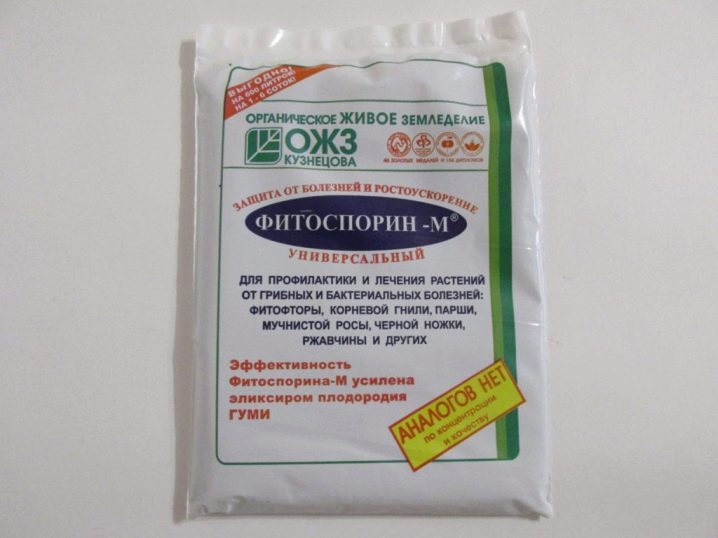
Fungal diseases are also dangerous for this culture. The most common is powdery mildew. Onion foliage is covered with oval spots. Over time, they increase in size. The leaves of infected plants become unfit for consumption. Therefore, noticing signs of the disease, the greens should be removed from the site.
When protecting plants from pests, gardeners should also pay attention to the advice of more experienced people. The greatest danger to the leek is the onion fly. It can be found as early as May. If this is not done in time, the larvae can destroy the greens. To combat the onion fly, the beds are recommended to be treated with tobacco dust or wood ash. Dry product can be simply sprayed over the area. Ground pepper will also help scare away pests.

After using any of these products, the gardener should carefully loosen the soil.
Harvesting and storage of crops
You can harvest at different times. It is best to dig early onion varieties in August. Harvesting of late varieties is postponed until frost. You can dig onions with both a shovel and a pitchfork. If the soil is loose enough, the greens can simply be carefully pulled out of it. Next, the onion must be carefully cleaned from the ground and cut off. Gardeners usually remove two-thirds of the green foliage. After that, the plants are well dried.
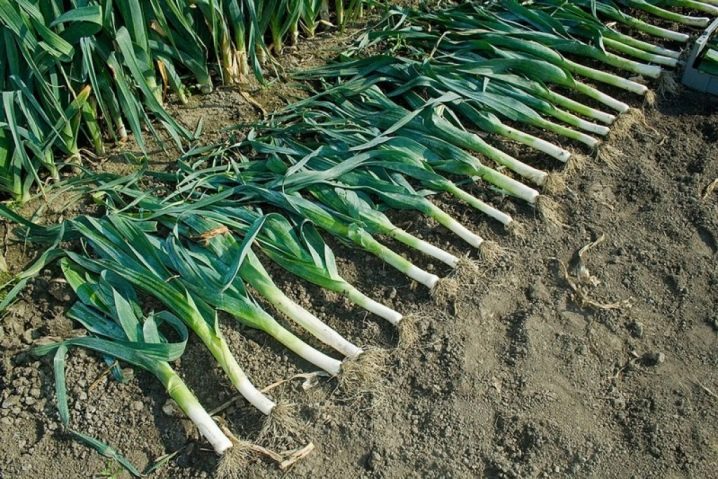
The harvested crop is sent for storage in a cellar or basement. It is very important that the temperature in this room is not higher and not lower than + 2-3 degrees. Under such conditions, leeks can be stored for six months. To prolong the shelf life of the onion, it must be placed in a container with sand.
Onions can be stored in the refrigerator for 2-3 months. You need to send this product for storage, after cutting the foliage and roots. For storage, leeks should be packed in plastic bags. Put onions in the vegetable section. If the house has a large freezer, onions can be stored in it. Usually, greens are cut with a sharp knife and also placed in plastic bags. In this form, the onion will be stored for about six months.
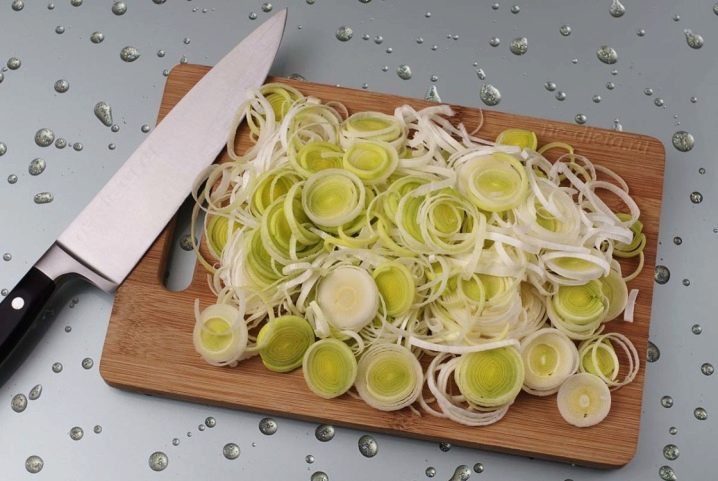
Instead, the greens can be dried. This is done very simply. First, the onion must be washed and dried. After that, it is cut into thin circles and dried.. In this form, harvested greens are stored in jars or in containers with tight-fitting lids. Leek greens are rich in vitamins and very healthy. It is often used as an accompaniment to salads, soups and main dishes. You can add it to various dishes both raw and frozen or dried.
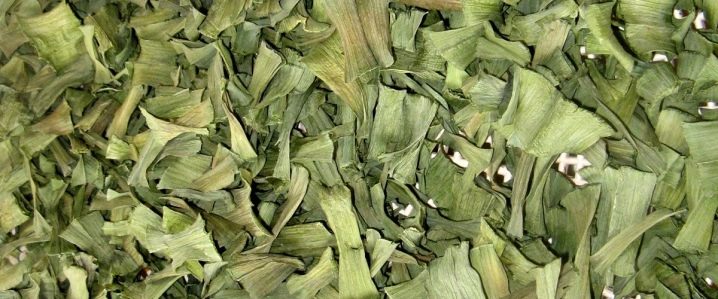
In general, leeks are very easy to grow. Knowing all the secrets, anyone can get a good harvest of greens.
